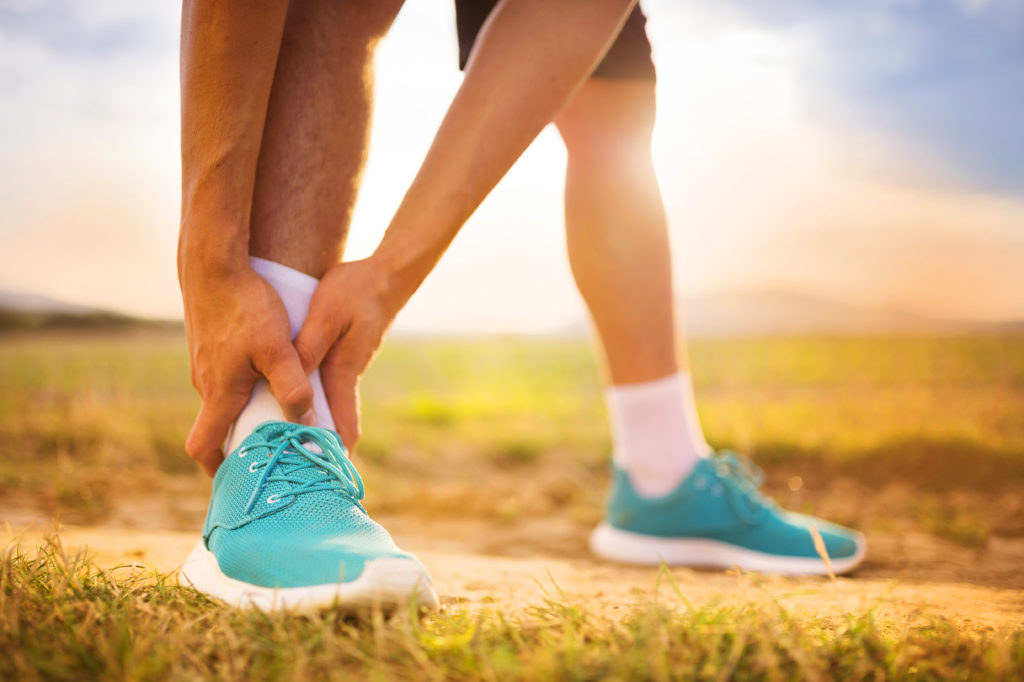Ankle sprains in cutting sports
I was inspired to write this post by something I overheard recently. I spent my weekend playing in a local frisbee tournament and saw my fair share of ankle rolls and ankle sprains. I overheard somebody giving the advice of wearing high boot-style cleats, to help prevent persistent ankle rolling.
I’m neither for nor against high cleats, and I think that everything has a time and a place… but I don’t believe that in this case, cleats that restrict ankle mobility are the best or only answer.
The rationale given to the player was that the boot cleat will prevent the ankle from moving, therefore preventing her from rolling it again. While this isn’t 100% accurate (cleats are soft, and will allow some ankle motion to happen, vs. something like a ski boot that would significantly restrict ankle motion), it will limit some ankle motion.
My concern is that when you limit motion in one area, the next area up or down the leg may need to compensate and provide more mobility. In this case, and I’ve seen it frequently in field sports, the player might be trading an ankle sprain for a knee injury.
So, what to do?
If somebody tends to roll their ankle every time they play a cutting sport, there are things that can be done to help improve their stability and motor control (the muscles working at the right time, in the right sequence to prevent the ankle from rolling).
Seeing a health professional to be assessed would be the first step in finding out why they continue to roll their ankle. If there are no red flags (evidence of fractures, for example) a common sequence of treatment is improving one leg static standing balance, and progressing to dynamic one leg balance and control activities that replicate their sport – running, jumping, cutting, pivoting, kicking, etc.
I will often use RockTape on the ankle, foot, and leg to help provide some much-needed feedback to the nervous system while doing the exercises and while playing. Can a high boot cleat also be used for playing while working on balance? That is up to the athlete and their health care provider, after considering the pros and cons.
Not all ‘weak ankles’ are equal, and the same solution will not work for everybody. If you find yourself in this group, take the time to figure out why you keep rolling your ankles. You may be pleasantly surprised at the improvement you can make, and not have to rely on a restrictive device on your ankle the next time you play.
PS – for those of you wondering, yes, I shared the above information with the player (a teammate and good friend of mine), and they are excited to start working on their ankle control for next season. 🙂
Get some tape HERE
Kinesiology taping application videos HERE
